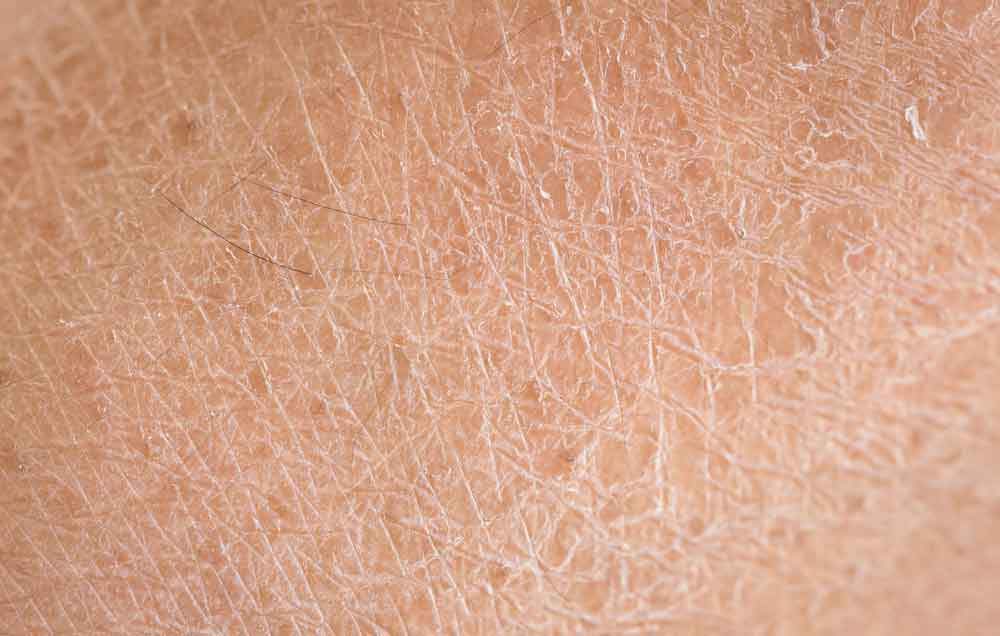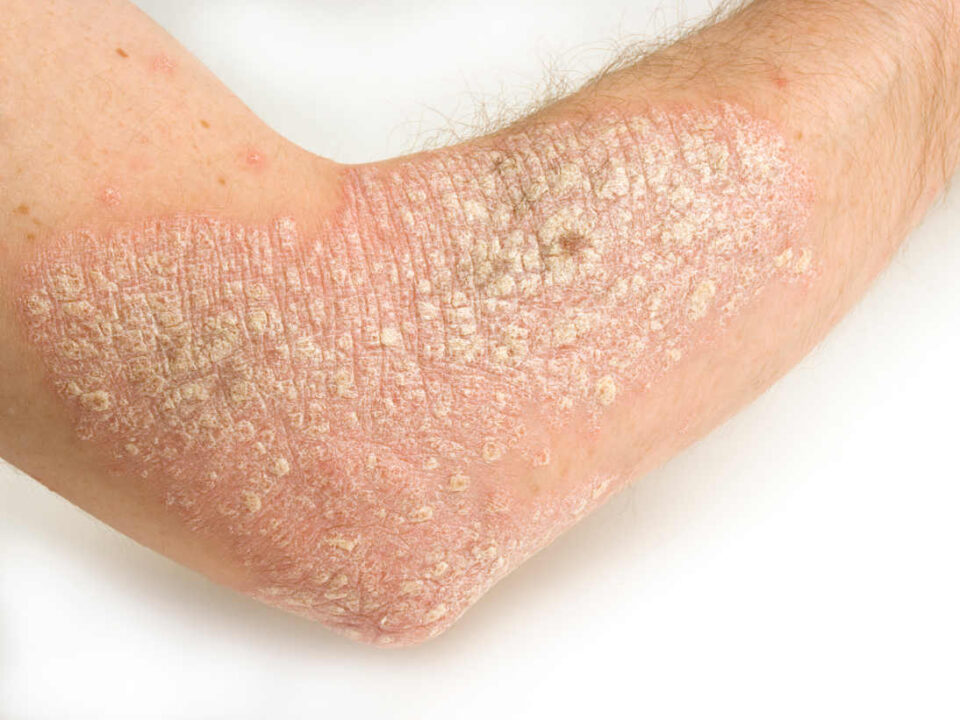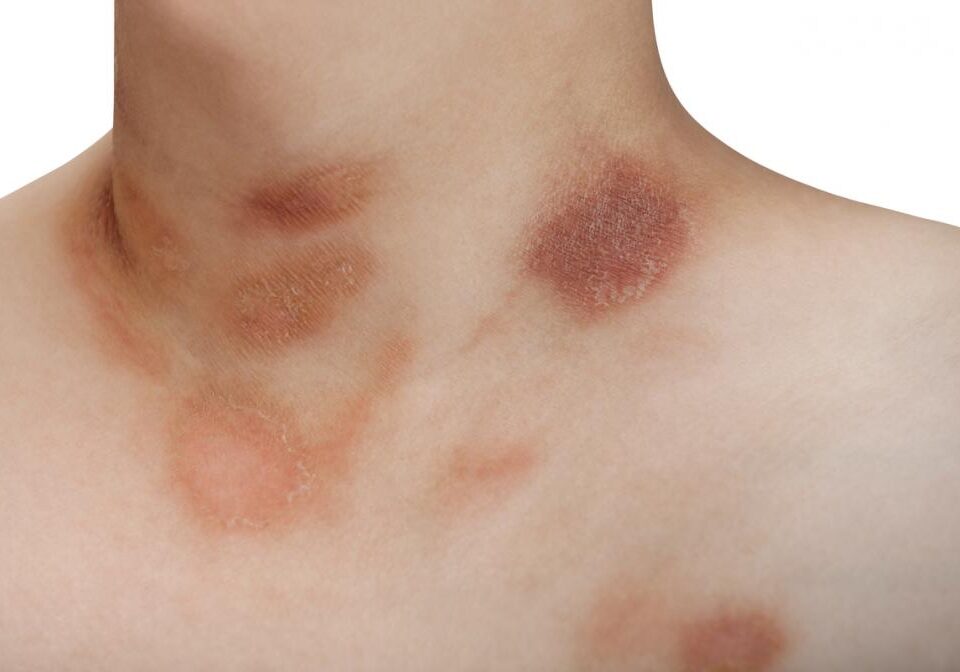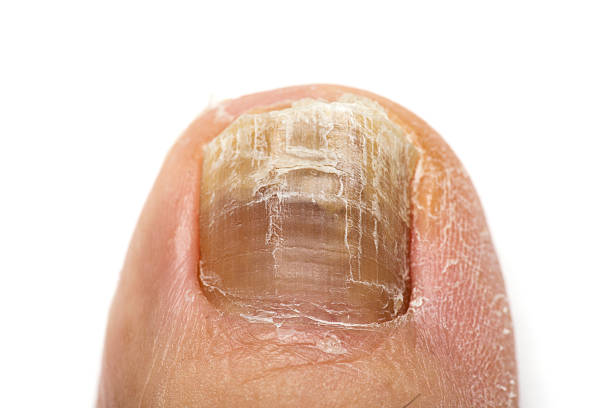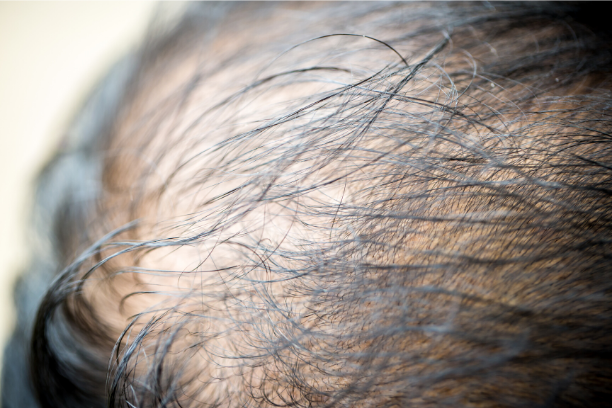
Candida
13 September 2022
Pityriasis Rosea
13 September 2022Ichthyosis is the collective name for a group of genetic disorders of keratinisation of the skin. The normal skin shedding process is disrupted resulting in dry, rough skin with marked scaling as a feature. The word ‘ichthyosis’ comes from the Greek word for fish, and describes the scaly appearance of the skin.
There are several types of Ichthyosis:
Ichthyosis vulgaris is the most common type, affecting about 1 in 250 people. The dryness is usually mild and symptoms are often confined to specific areas of the body. However, some cases are severe and cover large areas of the body, including the abdomen, back, arms, and legs. The skin changes are not usually present at birth but develop during the first few years of life, and usually persist for life. Symptoms can get worse in winter with dry skin chapping and splitting, sometimes resulting in infection. It also commonly coexists with atopic eczema.
X-linked Recessive Ichthyosis is less common, appears only in males, and soon after birth. The recessive gene is part of the X chromosome. The scales are larger and browner than in Ichthyosis vulgaris, and can also involve the neck and flexures. Affected babies may have associated complications from birth and the condition also persists for life.
Lamellar Ichthyosis and Non-bullous Ichthyosiform Erythroderma both occur at birth and look similar. They are distinguished by the finer scaling and more obvious redness of non-bullous ichthyosiform erythroderma and the plate-like scales of lamellar ichthyosis.
Epidermolytic Hyperkeratosis is a rare and severe form of ichthyosis. Shortly after birth the baby’s skin becomes red and blistered, with brownish, warty skin developing during childhood. It is worst in the flexures and can easily become infected and painful.
Acquired Ichthyosis refers to ichthyosis appearing for the first time in adult life. It is very rare but has been linked to underlying causes such as Hodgkin’s Disease, lymphomas, leprosy, sarcoidosis, hypothyroidism, malabsorption and a poor diet.
Causes or Triggers
Ichthyosis disorders are inherited and are incurable but some factors can make the condition of the skin worse and the condition harder to manage:
- A poor diet low in essential fatty acids and skin supporting nutrients
- Underlying conditions that contribute to dry skin
- A high toxic burden – inherited or environmental
- Environmental or topical agents that aggravate the skin
- An unhealthy lifestyle causing widespread inflammation
Our approach
Regardless of the type or the age of onset Ichthyosis can be painful, can contribute to negative self-image and self-esteem and can be difficult to manage on a day to day basis.
Management of Ichthyosis at Auckland Skin Clinic involves the use of safe, topical agents and body washes to help keep the skin supple, while nutrient deficiencies, underlying conditions, dietary, environmental and lifestyle triggers are identified and addressed.
At Auckland Skin Clinic, we’re aware that having a chronic skin disorder can be very frustrating, embarrassing and depressing. We are also aware that it often requires some major effort on your part to change your habits and adopt a healthy lifestyle. We do our best to ensure your emotional wellbeing is supported throughout this process.
